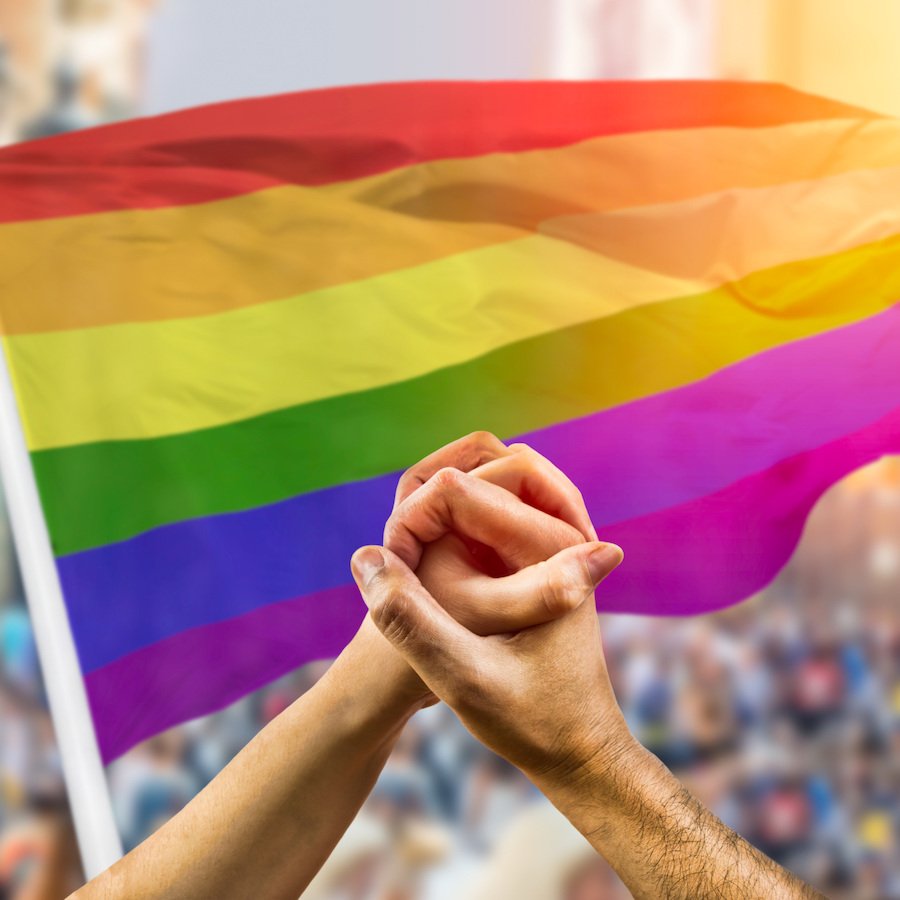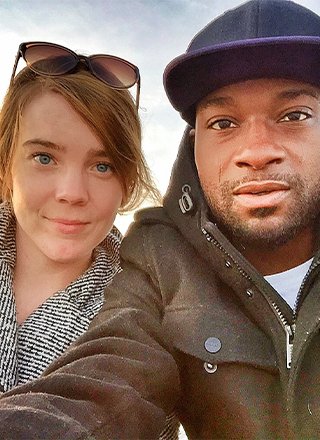The Fires of Philadelphia: Citizen-Soldiers, Nativists, and the 1844 Riots Over the Soul of a Nation by Zachary M. Schrag. Pegasus Books, 414 pp.
In early May 1844, the citizens of Philadelphia rioted for several days, in part over tensions between Catholics and Protestants over what sort of religious exercises would occur in the city’s public schools. People were killed, and property damage was extensive. A few months later, the riots started up again and were quelled only after the militia fired on the rioters.
It’s safe to say that most Americans have never heard of what some call the Philadelphia Bible riots. It’s not a story that appears in most history textbooks.
The riots’ obscurity may be about to change. Zachary M. Schrag, a history professor at George Mason University, recently published The Fires of Philadelphia: Citizen-Soldiers, Nativists, and the 1844 Riots Over the Soul of a Nation. Schrag’s well researched, in-depth book may make more Americans aware of an ugly incident that still has much to teach us.
The riots occurred against the backdrop of long-simmering tensions between the country’s Protestant majority and an influx of Catholic immigrants, many from Ireland. Xenophobia is a constant in American history, and the newcomers were accused of behaviors that are still today unfairly lodged against immigrants: They’re taking our jobs, they commit crimes, they don’t respect American values, etc. (Indeed, reading this book, you can’t help but conclude that one could easily replace the word “Catholic” with “Muslim” for an update.)
As Schrag makes clear, rioting was something of a national pastime in America’s cities in the antebellum period. Just about anything could set people – mostly idle young men – off. In 1844, disputes arose in Philadelphia and surrounding areas over Bible reading in the region’s growing public schools. The Protestant majority insisted on daily readings from the King James Version of the Bible. Catholics naturally resisted this.
Bible reading in the public schools occurred without comment. Protestants couldn’t understand why this was offensive. They failed to grasp that the Catholic Douay Version of the Bible, aside from containing some material not found in King James translations, always included commentary designed to help the reader interpret the passages. Thus, reading Bible verses without comment was a fundamentally Protestant practice.
Local education officials decided to allow Catholic students to excuse themselves during the morning devotionals. Although discontinuing the practice entirely was never seriously considered, word soon filtered out that the Bible was under attack, and that was enough to set off a mob.
The leaders of anti-Catholic, anti-immigrant forces, known as “nativists,” gave a series of incendiary speeches and published inflammatory material in nativist newspapers. Chief among them was Lewis C. Levin, editor of the nativist newspaper the Daily Sun and a frequent public speaker who tended to employ the most lurid rhetoric possible.
Violence first erupted in Kensington, then a separate community and now a neighborhood in Philadelphia. Police forces were anemic at the time, and local officials tended to rely on militias to keep the peace when rioting erupted.
For a variety of reasons, the militia failed to keep order. Nativists rampaged throughout the city, burning Catholic-owned shops. They also set fire to a Catholic church and some empty church-owned facilities, leading members of the clergy to flee. A second Catholic church was later burned. Newspapers estimated that 30 to 60 shops were destroyed, and at least 200 families were displaced.
Gun battles broke out in the streets, and some innocent bystanders were shot down because they happened to be in the wrong place at the wrong time. The official tally of dead was nine, but as Schrag notes, it was probably higher; some charred bodies weren’t recovered until days later.
The scene the riots left was brutal. As Schrag writes, “Even Philadelphians, who might have been expected to be jaded by rioting, were astonished by the violence of May 7 and 8. … [T]he fighting had been the most violent in generations.”
Two months later, more violence broke out in nearby Southwark. This time, militia leader Gen. George Cadwalader made the controversial decision to order his troops to fire on the rioters, which tamped down the rampage.
Fallout from the riots was predictable. The nativist press blamed Catholics, and a grand jury that had been empaneled to examine the matter followed suit. The riots erupted, the grand jury reported, because of “the efforts of a portion of the community to exclude the Bible from our Public Schools.” The marauding nativists who set fires and vandalized shops were described as “unoffending citizens” while Catholics were called “a band of lawless irresponsible men, some of whom had resided in our country only for a short period.”
Levin used the fame he garnered to win a seat in the U.S. Congress, vowing to spearhead a political movement based on the need to “openly acknowledge the precious value of the Bible” and deny the vote to immigrants. An erratic, ineffective legislator, Levin served three terms and ended his days in an insane asylum.
That fall, public schools returned to their policy of allowing Catholic students to leave the room during Bible reading, despite the complaints of nativist newspapers. It took a long time to fix the injustice of forced scripture reading: Nearly 120 years later, the Schempps, a Unitarian family in the Philadelphia suburbs, won a landmark U.S. Supreme Court case declaring mandatory, coercive Bible reading in public schools a violation of church-state separation.
Catholic immigration to the United States greatly increased beginning in 1846 as millions fled Ireland in response to the potato blight. As Catholic numbers in large cities grew, they began to build their own powerful political machine. Nativism as a specifically anti-Catholic phenomenon withered away, but of course anti-immigrant hysteria has remained a potent force up to the present day. (There was one more notable piece of fallout from the riots: They led politicians to see the need for professional police forces.)
Richly detailed and crisply written, The Fires Of Philadelphia isn’t just a compelling look at a forgotten chapter in U.S. history, it’s a cautionary lesson on the dangers of religious fanaticism. We may think we are safe from such extremism in America, but the sacking of the U.S. Capitol on Jan. 6 by a violent mob of supporters of Donald Trump – many of whom hoisted crosses and waved banners of Christian nationalism – proves otherwise.
The flames of fanaticism scorched Philadelphia in 1844. We should never be so arrogant as to think we can’t be burned today.


